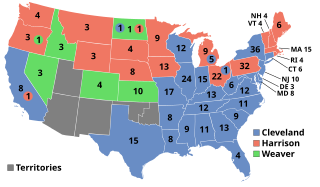
The 1892 United States presidential election was the 27th quadrennial presidential election, held on Tuesday, November 8, 1892. In a rematch of the closely contested 1888 presidential election, former Democratic President Grover Cleveland defeated incumbent Republican President Benjamin Harrison. Cleveland's victory made him the first and, to date, the only person in American history to be elected to a non-consecutive second presidential term. It was also the first of two times incumbents were defeated in consecutive elections—the second being Jimmy Carter's defeat of Gerald Ford in 1976, followed by Carter's subsequent loss to Ronald Reagan in 1980.
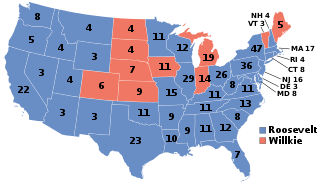
The 1940 United States presidential election was the 39th quadrennial presidential election. It was held on Tuesday, November 5, 1940. Incumbent Democratic President Franklin D. Roosevelt defeated Republican businessman Wendell Willkie to be reelected for an unprecedented third term in office.

The American Society of Civil Engineers (ASCE) is a tax-exempt professional body founded in 1852 to represent members of the civil engineering profession worldwide. Headquartered in Reston, Virginia, it is the oldest national engineering society in the United States. Its constitution was based on the older Boston Society of Civil Engineers from 1848.

Dr. John Alexander Low Waddell was a Canadian-American civil engineer and prolific bridge designer, with more than a thousand structures to his credit in the United States, Canada, as well as Mexico, Russia, China, Japan, and New Zealand. Waddell’s work set standards for elevated railroad systems and helped develop materials suitable for large span bridges. His most important contribution was the development of the steam-powered high-lift bridge. Waddell was a widely respected writer on bridge design and engineering theory, as well as an advocate for quality in higher education engineering programs. The company he founded in 1887, 'J.A.L. Waddell, Consulting Engineer,' would eventually become the modern day Hardesty & Hanover, a leading moveable bridge engineering firm. Many of Waddell's surviving bridges are now considered historic landmarks.

Conde Balcom McCullough was an American civil engineer who is primarily known for designing many of Oregon's coastal bridges on U.S. Route 101. The native of South Dakota worked for the Oregon Department of Transportation from 1919 to 1935 and 1937 until he died in 1946. McCullough also was a professor at Oregon State University.

Claude Allen Porter Turner was an American structural engineer who designed a number of buildings and bridges, particularly in the midwestern U.S. states of Iowa, Minnesota, and Wisconsin.

Nora Stanton Barney was an English-born American civil engineer, and suffragist. Barney was among the first women to graduate with an engineering degree in United States. Given an ultimatum to either stay a wife or practice engineering she chose engineering. She was the granddaughter of Elizabeth Cady Stanton.
Lawrence C. Bank is the associate provost for research at The City College of New York and a professor in the Department of Civil Engineering at the Grove School of Engineering. He is a registered Professional Engineer in the State of Wisconsin and the District of Columbia. He is a Fellow of the American Society of Civil Engineers, as well as a Fellow and currently President of the International Institute for FRP Composites in Construction. Prior to joining CCNY, Bank was on the faculty of the University of Wisconsin–Madison, the Catholic University of America and Rensselaer Polytechnic Institute. He has worked as a structural engineer for Leslie E. Robertson and Associates in New York City and as a consultant for the composite materials industry.
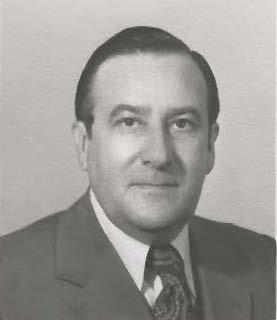
Wendell Earl Dunn Jr. was an American chemical engineer, metallurgist, and inventor. His technologies for high temperature chlorination, gold, tantalum and titanium extraction are still widely used.
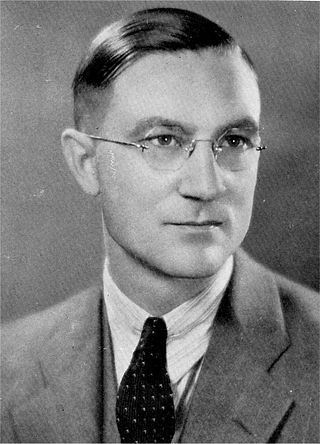
Wendell Earl Dunn, Sr. was a noted educator, longtime principal of Forest Park High School in Baltimore (1935–1961), and president of the Middle States Association of Colleges and Schools.

Moncena Dunn, was a farmer, telegrapher, optometrist, and inventor of the fraud-proof, color-coded coupon ballot.

U.S. Highway 77 (US 77) is the shortest U.S. Highway in the state of Iowa. It crosses into Iowa over the Missouri River from South Sioux City, Nebraska, at Sioux City and runs approximately three-tenths mile (500 m) to an interchange with Interstate 29 where the road continues north as Wesley Parkway. Like all other state highways in Iowa, the route is maintained by the Iowa Department of Transportation.
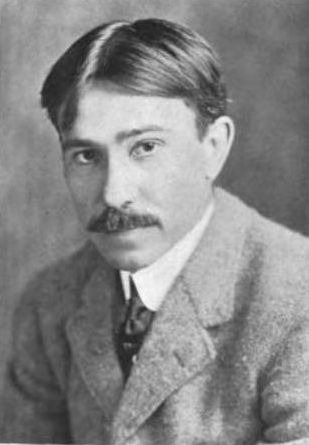
Ralph Davenport Mershon (1868–1952) was an electrical engineer and inventor. His company Mershon Condensers was a successful manufacturer of electrolytic capacitors for the expanding radio market of the 1920s. He is known for the Mershon Auditorium (1957) and the Mershon Center for International Security Studies at his alma mater Ohio State University that his estate made possible. In 1956 a biography and summary of his work was published by Ohio State University; the following article is a digest of that publication.
Walter Theodore Krausch, known as W.T. Krausch (1868–1929), was an American architect, engineer, and inventor who worked for the Chicago, Burlington and Quincy Railroad (CB&Q) from the late 1880s to the 1920s.
William Joseph Hedley was an American civil and consulting engineer, chief engineer at Wabash Railroad, president of the American Society of Civil Engineers in 1966, and recipient of the 1973 Hoover Medal.
Wilbur Hering Armacost, Jr. was an American mechanical engineer, vice president-consultant of Combustion Engineering, Inc., New York, and inventor. He is known as pioneer developer of materials adaptable to high temperatures and pressure, and designer of high-temperature high-pressure steam engines. He was recipient of the 1958 ASME Medal for distinguished service in engineering and science.
Elmer Otto Bergman was an American civil, mechanical and consulting engineer at the University of Colorado and at C. F. Braun & Company, later KBR Inc. He served as the 83rd president of the American Society of Mechanical Engineers in the year 1964-65.

Michael C. Constantinou is an American structural engineer who is a Samuel P. Capen Professor and State University of New York Distinguished Professor in the Department of Civil, Structural and Environmental Engineering at the University at Buffalo. He also serves an editor of the Journal of Earthquake Engineering and Structural Dynamics
Kumares C. Sinha is an Indian-American engineer, researcher and educator known for contributions to transportation systems analysis, transportation infrastructure economics and management, transportation safety, and the use of emerging technologies in transportation. He has served as Edgar B. and Hedwig M. Olson Distinguished Professor of Civil Engineering at Purdue University. since 1998.

Satish Nagarajaiah is an Indian-American academic professor, who teaches and conducts research in the departments of civil engineering and of mechanical engineering at Rice University. He was elected in 2019 to the United States National Academy of Inventors. He got elected in 2021 as Distinguished Member of American Society of Civil Engineers for achieving eminence in structural engineering, in 2017 as fellow of the American Society of Civil Engineers, and in 2012 as fellow of ASCE's Structural Engineering Institute. He has been honored with the 2020 Nathan N. Newmark Medal, 2017 Reese Research Prize, 2015 Leon S. Moisseiff Award from the ASCE. He is considered an authority in seismic isolation and adaptive stiffness structural systems and is known for his contributions to structural engineering.















